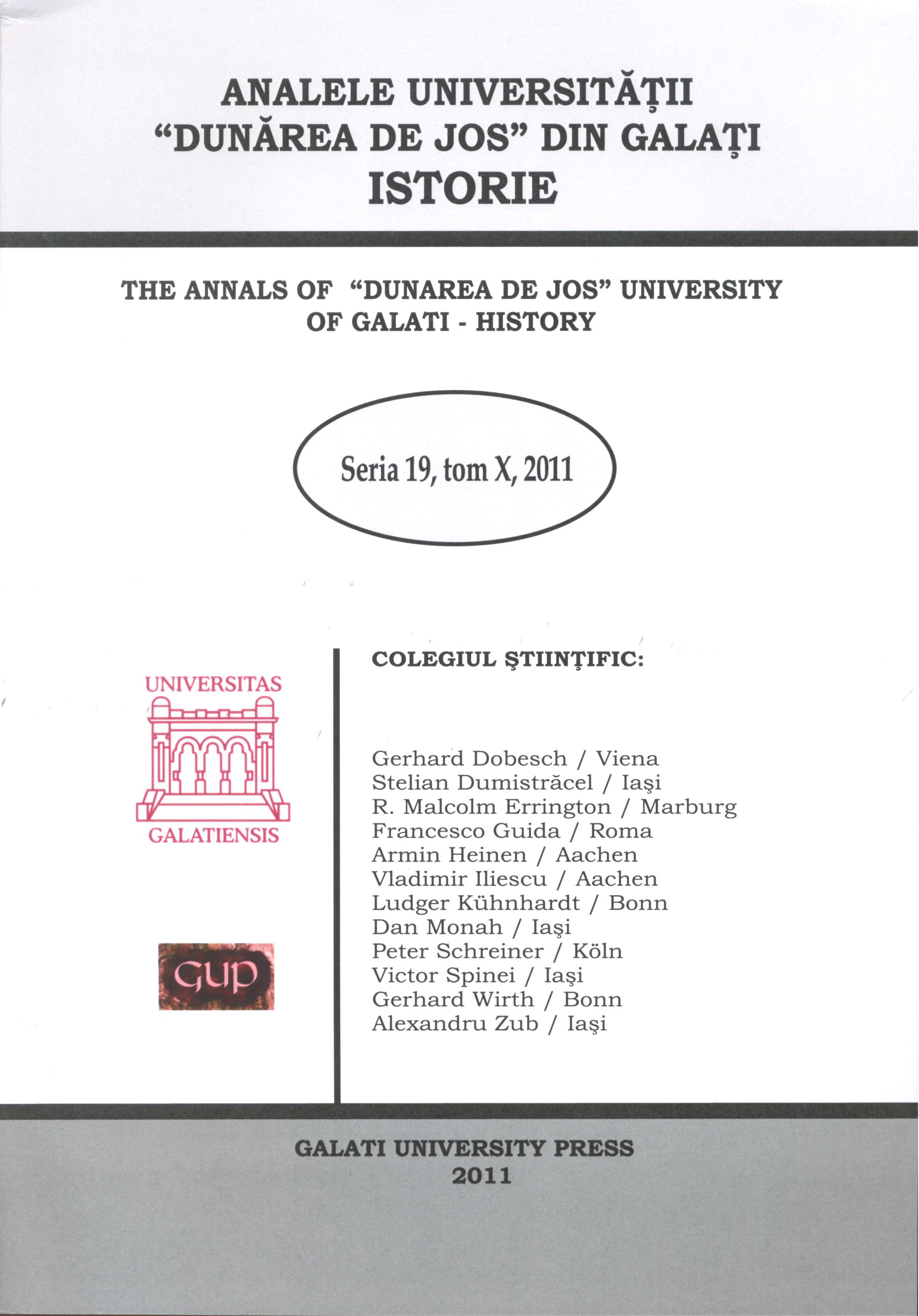Un text budhist din secolul IV. Asaṅga – Discriminarea între mijloc şi extreme (Madhyāntavibhāga) (Traducere adnotată). III – Secţiunile IV şi V
A Buddhist Text from the 4th Century. Asaṅga – The Discrimination between Middle and Extremes (An Annotated Translation). III – Sections IV and V
Author(s): Ovidiu Cristian NeduSubject(s): Cultural history
Published by: Galaţi University Press
Keywords: antidotes (pratipakṣa); adverse factors (vipakṣa); Abhidharma; ultimate reality; transcendent insight (prajñā); Mahayana; Hinayana
Summary/Abstract: The article consists of the last two chapters of The Discrimination between Middle and Extremes, of Asanga, one of the main texts of the Vijnanavada school of Buddhism. The fourth chapter discusses on the application of the antidotes (pratipakṣa), namely on the ways the various types of defilements entrapping a human being in the world are removed. Just like chapter II, this part is highly technical, making plenty of use of the alembicated phenomenological typologies of Abhidharma. It describes the psychological cleansing of the individual, hence being a phenomenological analysis done in a specific Abhidharma terminology. The fifth chapter deals with a topic frequently encountered in the texts of Mahayana: the superiority of the path exhorted by them, against the psychological path of Hinayana. The path of Mahayana is an absolute, an „unsurpassable” (ānuttarya) path, since it consists in the highest realization, the dissolution of the individual in the ultimate reality. Hence it goes much further than the path preached by Hinayana, consisting in a gradual psychological purification of the individual, until he reaches a rather negative condition, a condition devoid of any kind of experience and suffering.
Journal: Analele Universităţii Dunărea de Jos din Galaţi. Seria Istorie
- Issue Year: 2011
- Issue No: 10
- Page Range: 155-170
- Page Count: 16
- Language: Romanian

